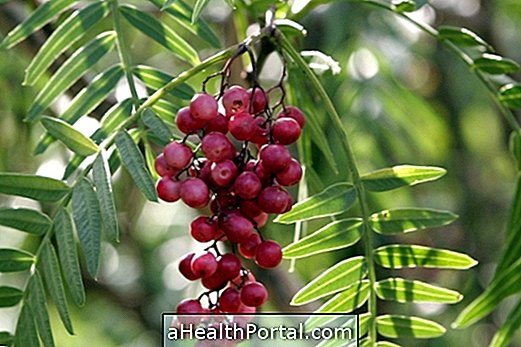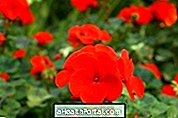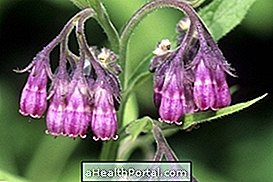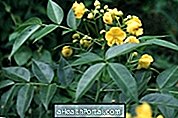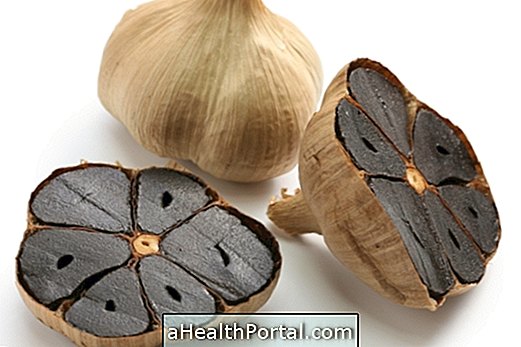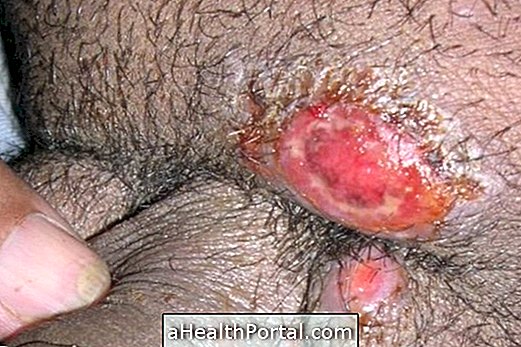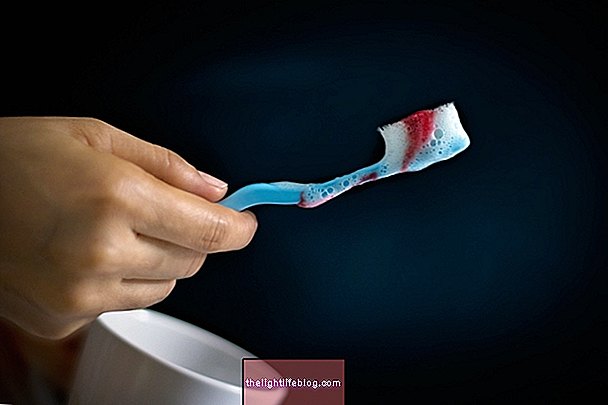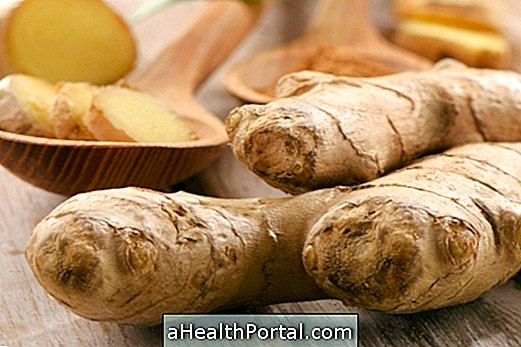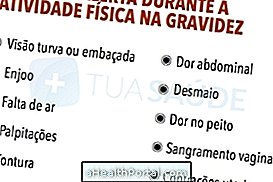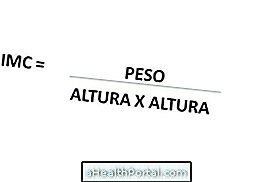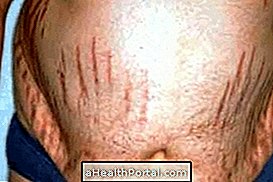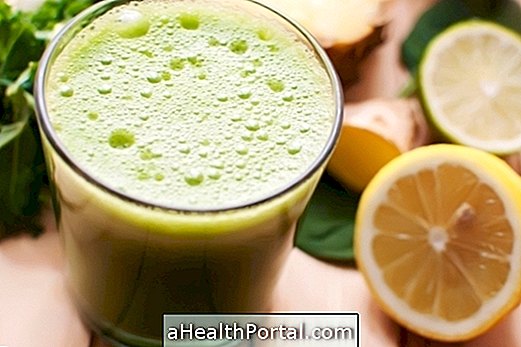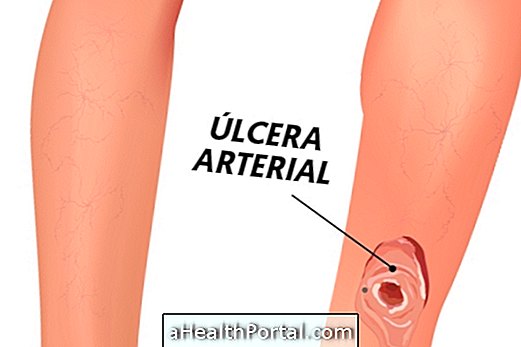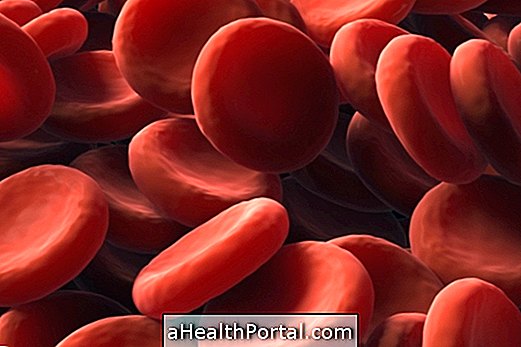Arnica is a medicinal plant widely used to treat bruises, rheumatic pains, abrasions and muscular pain, for example.
The Arnica, scientific name Arnica montana L., is also popularly known as Panacea-das-falls, Craveiros-dos-alpes or Betônica. It can be bought in natural products stores, pharmacies and pharmacies of manipulation, being marketed in the form of dry plant, ointment, gel or tincture and should always be used externally, on the skin.
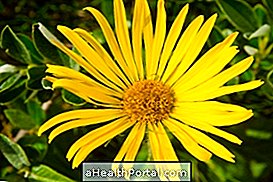

What is Arnica used for?
Arnica serves to help treat:
- Ecchymoses;
- Excoriations;
- Muscle sprain;
- Muscle pain;
- Swelling;
- Joint pain;
- Sore throat;
- In case of trauma;
- Muscle toning;
- Arthritis;
- Boil;
- Bug bite.
The properties of arnica include its anti-inflammatory, anti-microbial, antifungal, analgesic, antiseptic, fungicidal, antihistaminic, cardiotonic, healing and bilevel action.
How to use Arnica
The used part of arnica is its flowers that can be prepared in the form of infusion, tincture or ointment of external application, and should not be ingested. Here's how to prepare 3 different homemade recipes with Arnica:
1. Infusion of arnica for external use
This infusion is indicated for use in case of bruises, scrapes, bruises and bruises on the skin, but can also be used to gargle in case of inflamed throat but never ingested.
Ingredients
- 250 ml of boiling water
- 1 teaspoon of Arnica flowers
Method of preparation
Place the arnica flowers in the boiling water and let it stand for 10 minutes. Strain, dip the compress and apply warm over the affected region.
2. Arnica ointment

Arnica ointment is great for applying to sore skin due to bruises, bumps or purple marks because it relieves muscle pain very efficiently.
Ingredients:
- 5 g of beeswax
- 45 ml of olive oil
- 4 tablespoons of chopped arnica leaves and flowers
Preparation:
In a water bath, place the ingredients in a pan and simmer over low heat for a few minutes. Then extinguish the fire and leave the ingredients in the pan for a few hours to macerate. Before it cools, you should strain and store the liquid in containers with a lid. They should always be kept in a dry, dark and airy place.
3. Dyeing of arnica
Arnica tincture is a great remedy for treating purple marks caused by strokes, bruises, muscle damage and arthritis.
Ingredients
- 10 grams of dried arnica leaves
- 100 ml of 70% alcohol without cetrimide (not to burn)
Method of preparation
Put 10 grams of dried arnica leaves in a glass jar and add 100 ml of 70% alcohol without cetrimide and let stand covered for 2 to 3 weeks.
To use, you should mix the solution well and add 4 drops of water to each drop of dye. Apply the dye of arnica in the desired places 3 to 4 times a day with the aid of a cotton ball, massaging the place.
Possible side effects
The side effects of arnica when used topically are allergy to the skin, swelling or vesicular dermatitis. Its intake is not recommended as a tea, for example because it can cause hallucinations, vertigo, digestive problems, such as difficulty in digestion and gastritis, and cardiac complications such as arrhythmia, hypertension, muscle weakness, collapse, nausea, vomiting and death.
When not to use Arnica
Arnica is contraindicated for children under 3 years of age and should never be ingested unless it is used in a homeopathic solution or applied neatly over an open wound. In addition, it should not be used during pregnancy because it is abortive, during breastfeeding, and in case of liver disease.
